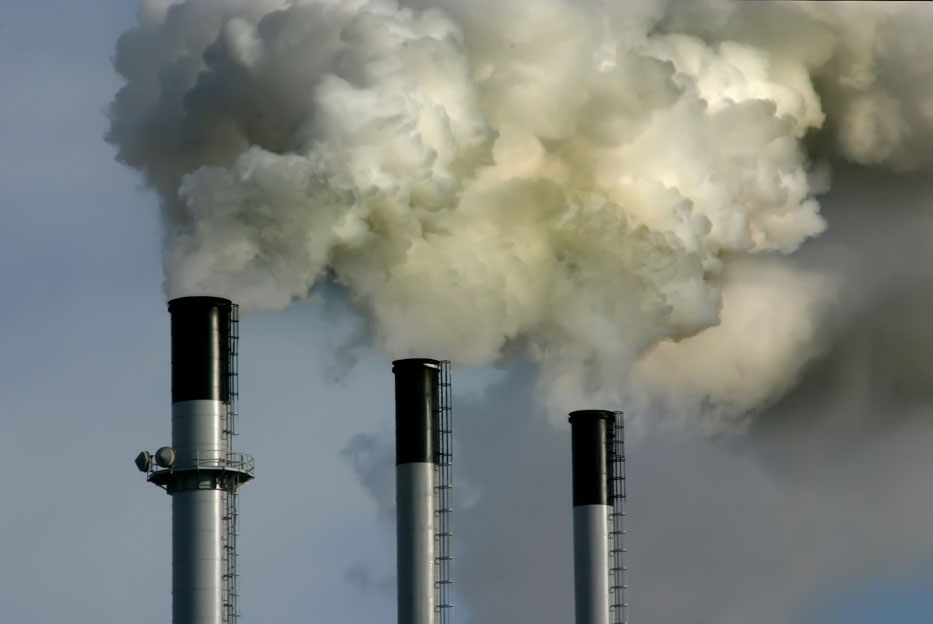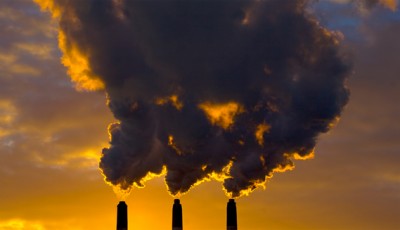Air pollution kills 3.3 million worldwide, may double
And if nothing is done, the annual toll from dirty air may double to 6.6 million premature deaths by 2050, with the biggest rise coming in Asia, researchers said Wednesday in the journal Nature.
The report’s findings are similar to other less detailed pollution death estimates, outside experts said.
In the European Union, with a population of around half a billion people, air pollution is responsible for 180,000 deaths annually, highest in Germany at 35,000.
Here are some of the main causes that led to deaths by air pollution in 2010, according to the study. The most common blame for poor air qualities are power plants, that kill an estimated 16,929 people per year, followed closely by agriculture with 16,221 deaths.
The United States lost 54,905 citizens from illnesses related to soot and smog, and ranks the seventh highest in the world for deaths related to air pollution.
Lelieveld cited the example of London, where the traffic pollution is converted into soot, “then it is mixed with ammonia and transported downwind to the next city”.
Pollutants including ozone and fine particulate matter – particles so small they’re invisible to the naked eye – contribute to lung disease, heart disease and other serious health problems around the globe, researchers say.
According to Allen Robinson, an engineering professor at Carnegie Mellon University, who wasn’t part of the study, agricultural emissions are becoming more and more significant here but are not regulated.
The Max Planck study, however, claims to be a first, in that scientists from Germany, the United States, Cyprus and Saudi Arabia took a look at mortality rates from various emission sources, from industry and agriculture down to transportation and home heating, and came up with the data represented in the map below.
The high levels of ammonia that lift to the sky due to animal feces and fertilizers combine with sulfates from power plants and auto exhausts that form soot particles and then further pollute the air.
“We were very surprised, but in the end it makes sense”, said Lelieveld. In much of the West, traffic emissions are tragically breaking records.
But Delhi is not alone; the deteriorating air quality in some of India’s biggest cities like Delhi, Mumbai and Kolkata could kill over 130,000 people in 2025. “In some countries air pollution is actually a leading cause of death, and in many countries it is a major issue”.
Lelieveld said it will be a “win-win situation in both directions” if the world reduces carbon dioxide (considered the main gas causing global warming) because soot and smog levels would go down too.












